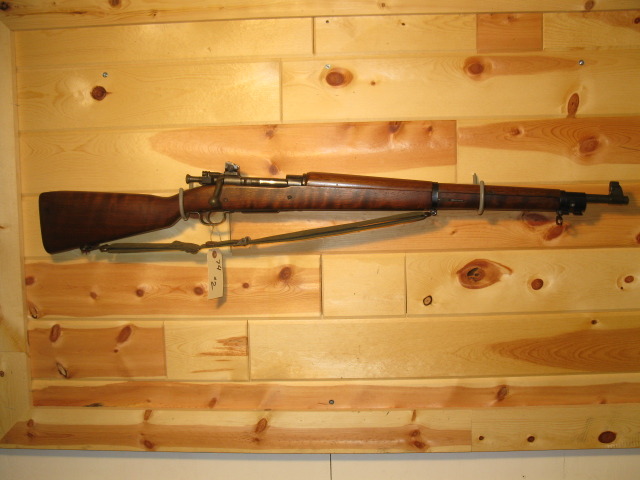


- #National ordinance 1903a3 caliber serial numbers#
- #National ordinance 1903a3 caliber serial number#
recognized the folly of the foregoing, and on Augreinstated serial number control. Thereafter, all internal accounting controls were removed, and both gaps and duplicates occurred without any corrective measures taken. This is more than likely explained by an extraordinary control system installed by Remington to rigorously monitor SN stamping both within the production plant, as well as a check-off at the terminal-shipping warehouse to assure only one completely assembled rifle per SN assigned.Īfter January 10, 1943, Remington was directed to cease monitoring SN disorders since the Ordnance Department was no longer concerned about this problem. However, lack of extant evidence of “ A” prefixed receivers to date assumes that marginally few actually materialized. A SN duplicate merely represents more than one rifle with the same SN.įor purposes of this Table, all M1903 “Modified†and M1903A3 receivers serially stamped before Januwere believed to be assembled into and counted as complete rifles with little problem with SN gaps or duplicates, even though an “ A†prefix system was supposedly in place to stamp a reclaimed “reject†receiver in order to avoid a duplicate SN. The total number of gaps is statistically estimated to be 33,487 based on known or observed SN data and purposely distributed proportionately for simplicity purposes each month for all rifles produced from January 1943 to the end of production. These gaps in the SN sequence have resulted in more SNs assigned than rifles made. By definition, a SN gap is either a dropped or unaccounted for SN (“lost”) or a serially stamped, but defective receiver never used in making a fully assembled rifle, e.g. SN calculations reflect the reality “gaps” as well as “duplicates” within the serial numbering process. The factory shop-assembly process resulted in final rifle production in no particular SN order or sequence, therefore rifles with higher SNs than the number of rifles produced may exist for any given month. Also, it is noted that final rifle assembly followed receiver serialization by an approximate average of 2 weeks. All “end-of-month” SNs are calculated approximations only. Serial numbering began with SN 3,000,000 and numerically remained continuous to end of production except as shown below. This report reconciles in finality all rifle inspection approval issues that may have remained after close of each monthly billing period.

In absence of actual factory production records predating “final inspection” via note #1 above, the “factory invoice” record becomes the next most reliable statistical basis for approximating “end-of-month” SNs.įinal approved rifle production based on Ordnance Dept., Small Arms Branch, Industrial Division record summary dated March 10, 1944. inspection report data used for monthly invoicing for services rendered under contract. Remington’s rifle production based on Ordnance Dept.
#National ordinance 1903a3 caliber serial numbers#
inspection, they represent the earliest and most accurate base-data for approximate calculation of actual “end-of-month” production Serial Numbers (SNs) from the start of production through February, 1943. Since these were final assembled and tested rifles made ready for Ordnance Dept. No such comparable statistics are known to exist beyond February 1943. (Based in part on documents obtained by Clark Campbell from the Ilion, NY Remington Plant Manager files, circa 1955)Īctual assembled rifles in the Remington warehouse inventory awaiting Ordnance inspection as shown on the Planning Supervisor’s “Accounting Summary” dated March 9, 1943.


 0 kommentar(er)
0 kommentar(er)
